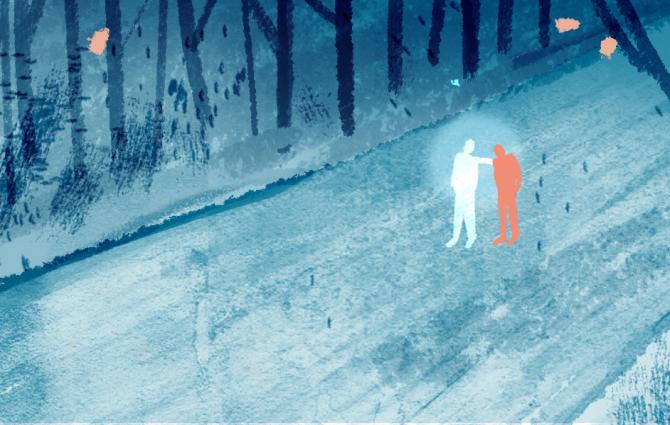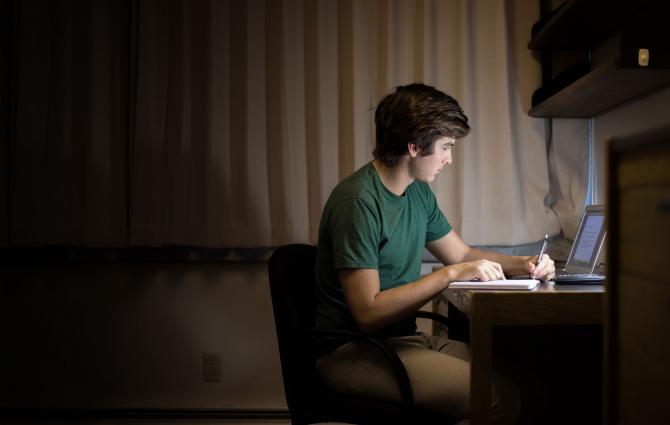When I set out to teach a large class like first-year calculus, I often find myself asking: How can I make this big class seem small?
I have fond memories of being a graduate student. Most of the learning that took place happened in very small groups—often just my supervisor and me.
When there’s no one else in the room, you’re forced to engage with the material. You have to ask and answer questions. If neither of you knows the answer, you have to figure it out yourselves, using every resource from Wikipedia to your own scribbles on the chalkboard.
This kind of small-scale, immersed learning is a rare thing in a class like MATH 100.
It’s one thing to set it up for a few graduate students, and another to set it up for the thousands of students who take first-year calculus at UBC every year. But that’s a good excuse: calculus is a wonderful thing, and thousands of people should learn it.
And so I often find myself asking: How can I make this big class seem small? I encourage you to ask that question too.
There are things you can do as a student to make a big class smaller and more responsive.
You can ask and answer questions. You can go to office hours and set up study groups to get that environment where there really are just a few people in the room. You can use every resource from Wikipedia to your own scribbles—on the chalkboard, on scrap paper, or even on a mirror (this last one is something I’ve only ever seen in a movie, and I’m not convinced it’s a thing).
You can sit in a lecture hall surrounded by 200 people, and treat every sentence your instructor says as though you were the only one there.
This will probably mean you will ask far more often than you’re used to, “Wait! I didn’t understand that last move. What just happened there?” This is a good habit, and not an annoying one.
(And if it is annoying, so what?)
From where I stand, too much engagement from my students is a far nicer problem than too little.
Finally, especially those of you who end up in one of my courses this year, give me your ideas. I’m learning too. We all are.
We are here to learn—this, after all, is the thing that defines our scholarly community; that makes big spaces small, big ideas understandable, and big moments clear.



